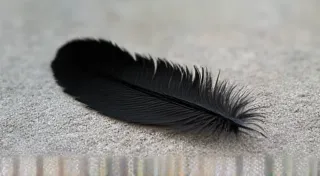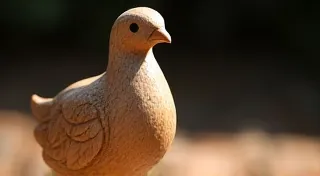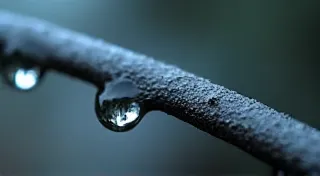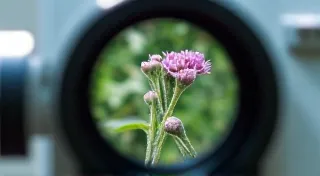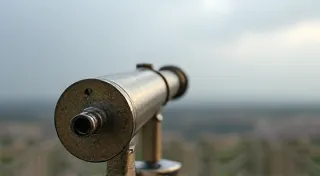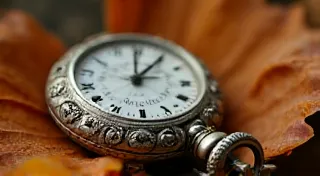The Curator's Lament: The Ethical Crossroads of Collecting 'Lost' Species
The scent of aged cedar and dried pigments still hangs heavy in the air, even after decades. It's a comforting aroma, a tangible connection to the past, but lately, it carries a melancholic edge. As a curator specializing in antique taxidermy, I’m surrounded by echoes of vanished worlds, by representations of creatures that once breathed and roamed, now relegated to silent observation. It’s a privilege, undeniably, but also a profound responsibility. And increasingly, that responsibility weighs on me, particularly when considering specimens representing species now lost forever, or clinging precariously to existence.
My earliest memory of taxidermy isn’t of scientific study, but of wonder. My grandfather, a naturalist with a quiet, unwavering passion, possessed a small collection. A stoic red fox, frozen in mid-leap, a majestic stag with impossibly large antlers, a curious badger peering out from its burrow – these weren’t simply lifeless forms; they were ambassadors from a wildness I could only dream of experiencing. He’d tell stories, not just about the species themselves, but about the hunters who procured them, the artisans who meticulously preserved them, and the landscapes they inhabited. It sparked a lifelong fascination.
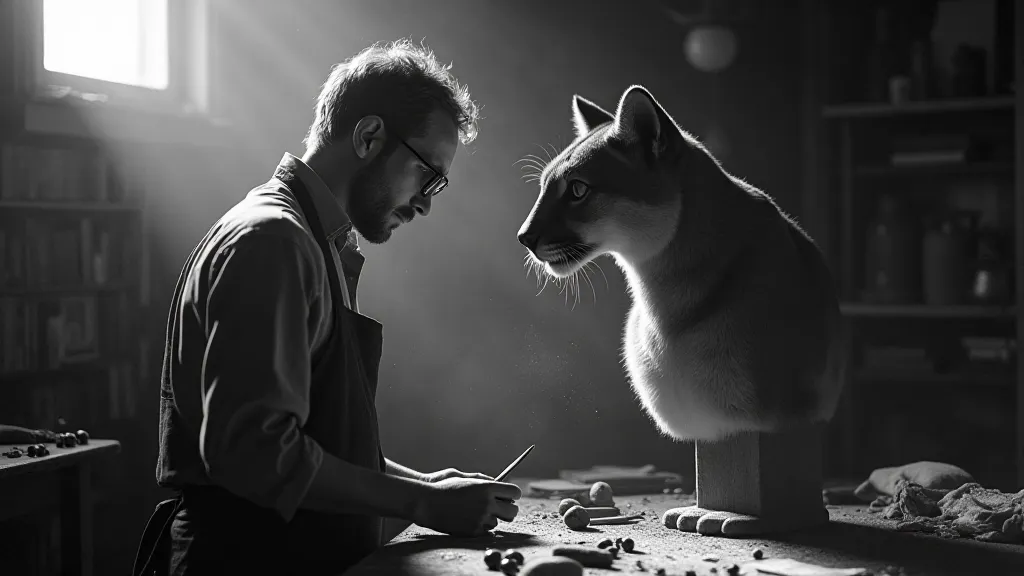
The Historical Context: A Trophy of a Vanishing World
Antique taxidermy, particularly from the Victorian and Edwardian eras, was often intertwined with a very different understanding of nature. The drive for exploration, scientific discovery, and the burgeoning world of hunting fuelled a demand for these representations. Specimens were often presented as trophies, symbols of conquest and dominion over the natural world. The pursuit of the "Big Five" – lion, leopard, elephant, rhino, and buffalo – became a status symbol among the elite, their preserved forms proudly displayed in drawing rooms and hunting lodges. It was a time when the sheer scale of ecological impact was largely unacknowledged. The artistic skill employed in preserving these specimens was remarkable; it’s a testament to the era’s dedication to documenting the natural world, even if the motivations were sometimes rooted in a sense of dominion.
Consider the passenger pigeon, once the most abundant bird in North America, numbering in the billions. Their demise in the late 19th century, due to relentless hunting and habitat destruction, remains a stark reminder of human capacity for ecological devastation. A passenger pigeon mount, now exceedingly rare, isn’t just a beautiful piece of craftsmanship; it’s a silent monument to a catastrophic loss, a tangible connection to a world that is gone forever. The responsibility to care for such a specimen feels immense; it’s more than preservation, it’s remembrance. The motivations and techniques behind such impressive feats of preservation often blended art, science and a desire to capture a fleeting moment in natural history – a combination that sometimes blurred the lines between celebrating nature and exploiting its resources. Examining these blends of art and science, as explored in Dust and Dichotomies: Examining the Blurring Lines Between Art and Science in Taxidermy, provides a crucial perspective on the historical context of antique taxidermy.
The Craftsmanship: An Art Form in Decline
The artistry involved in creating these antique mounts is breathtaking. Early taxidermists weren’t simply stuffing animals; they were sculptors, artists, and anatomists all rolled into one. They painstakingly recreated muscle structure, fur texture, and even subtle expressions to achieve a startling level of realism. Many used papier-mâché armatures or wire frameworks to support the forms, meticulously layering hides and painstakingly sewing each stitch. The glass eyes, often hand-blown and custom-fitted, possessed a remarkable ability to convey life and character.
Compare that to much of modern taxidermy, where speed and efficiency often outweigh artistry. While contemporary techniques have certainly advanced in some respects—the use of synthetic materials, for example—something of the soul, the meticulous attention to detail, seems to have been lost. The sheer labor involved in crafting an authentic antique mount underscores its value, not just as a collectible, but as a testament to human skill and dedication. Understanding the methods and materials used to create these historically significant pieces requires delving into the details of their creation – a process that speaks volumes about the era’s reverence for both artistic expression and scientific documentation.
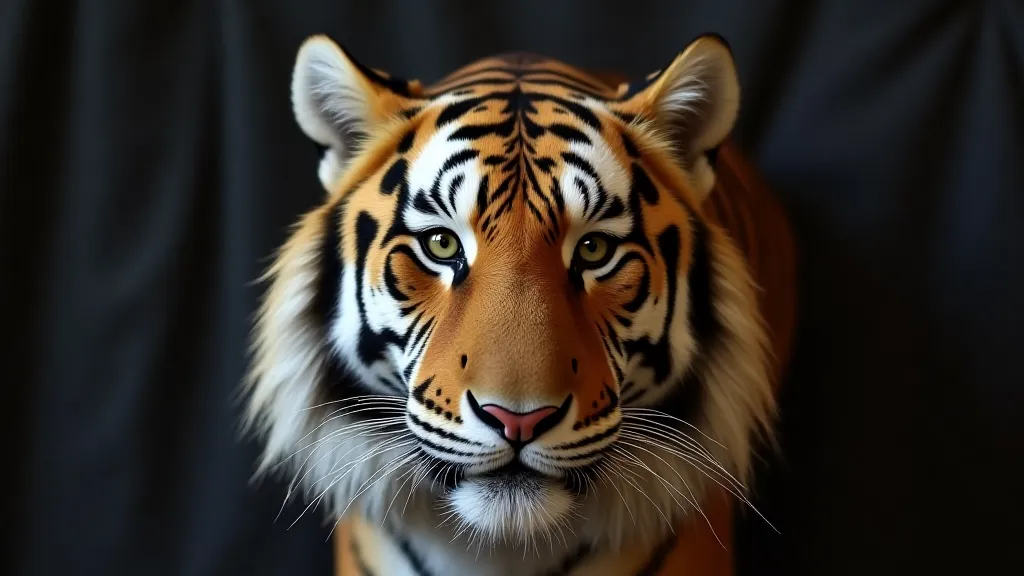
The Ethical Crossroads: A Collector’s Dilemma
Now, we arrive at the crux of the matter. The market for antique taxidermy, particularly mounts representing extinct or critically endangered species, continues to thrive. But is it ethical? Are we exploiting tragedy for personal gain, however justified it may feel in terms of preservation?
I struggle with this question daily. On one hand, these specimens are historical artifacts, valuable records of a biodiversity that is diminishing rapidly. They can be used for education, sparking awareness of conservation issues. They represent a scientific legacy—a snapshot of species as they once were. The act of collecting, and indeed preserving, these rare specimens is inextricably linked with the stories and individuals who procured them, often involving complex narratives that demand careful examination.
On the other hand, the acquisition of these specimens, particularly in the present day, can inadvertently perpetuate the narrative of exploitation. Does owning a Dodo mount, a Thylacine, a Great Auk, glorify the very actions that led to their demise? Does the market demand for these rare items encourage poaching or illegal trade? The line between preservation and profiteering can be dangerously blurred. Even seemingly straightforward acts of preservation are interwoven with complex historical narratives - understanding those complexities, as explored in The Cartographer of Stillness: Tracing Provenance Through Antique Animal Mounts, is crucial to navigating the ethical considerations of collecting.
A Responsibility to Preserve, Not Exploit
I believe the responsibility of collectors isn't simply to acquire and display these specimens; it’s to safeguard them, to research their provenance, and to contribute to the wider narrative of conservation. It's about education, about honesty, and about acknowledging the complex history behind each mount.
Provenance is critical. Knowing the circumstances under which the specimen was acquired – was it legally hunted? Was it obtained through ethical means? – is paramount. And transparency is key. Collectors should be open about the origins of their mounts, sharing information and contributing to the ongoing dialogue about the ethical considerations surrounding the trade in rare and endangered species. The history of these specimens often tells a story that extends far beyond their physical form, and unearthing that history—tracing the people, places, and events that shaped their existence—is a vital step in responsible stewardship.
Furthermore, resources should be directed towards supporting contemporary conservation efforts. A portion of the value derived from collecting these historic representations should be reinvested in protecting the species that remain, in restoring habitats, and in combating illegal wildlife trade. The impact of early hunting practices on the biodiversity we see today remains a sobering reminder of the need for sustainable practices and the vital role conservation plays in safeguarding our planet's natural heritage.
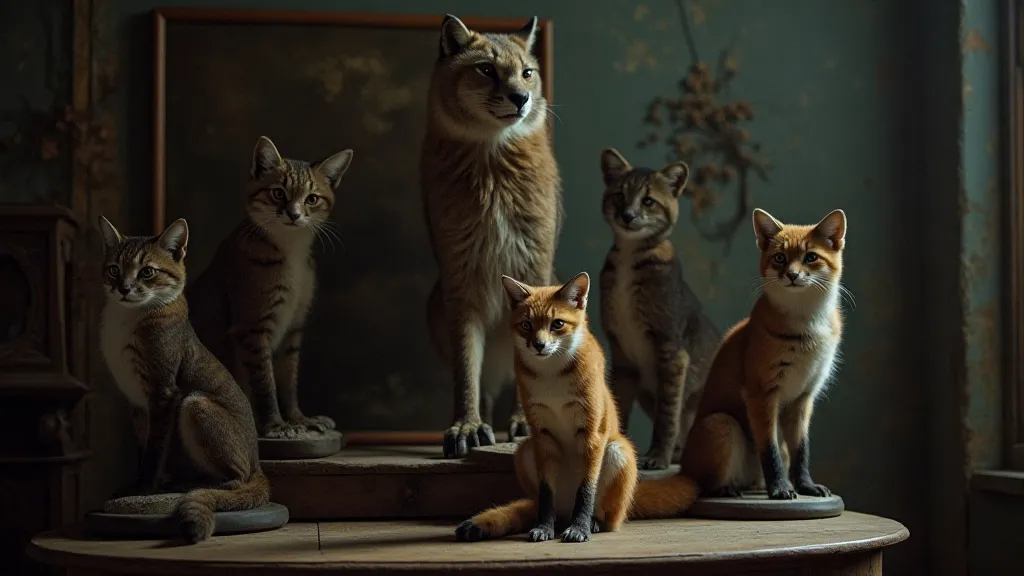
The Curator's Ongoing Reflection
The scent of cedar still hangs in the air, but now it's tinged with a deeper awareness. My grandfather’s stories weren't just about the animals themselves; they were about respect—respect for the natural world, respect for the skill of the artisan, and respect for the responsibility that comes with possessing a piece of history. The pursuit of collecting antique taxidermy can be a deeply rewarding endeavor, but it demands a commitment to ethical considerations, a dedication to preservation, and a profound understanding of the weight of history. Examining the legacy of those who first collected these extraordinary specimens – understanding the motivations, the methods, and the long-term consequences of their actions – allows us to engage with these treasures in a more informed and responsible manner.
The lament of the curator isn't about loss; it's about the ongoing struggle to balance the allure of the past with the responsibility for the future. It's about ensuring that these silent witnesses to a vanished world serve not as trophies of exploitation, but as powerful reminders of what we stand to lose. Perhaps, by reflecting on the ingenuity and artistry that went into creating these incredible pieces, we can also gain a deeper appreciation for the fragility of our planet's ecosystems and renew our commitment to protecting them for generations to come. Considering the broader context of the natural world's decline, and the role these mounts played in documenting that change, offers a unique lens through which to examine our own place in the ongoing story of life on Earth.
